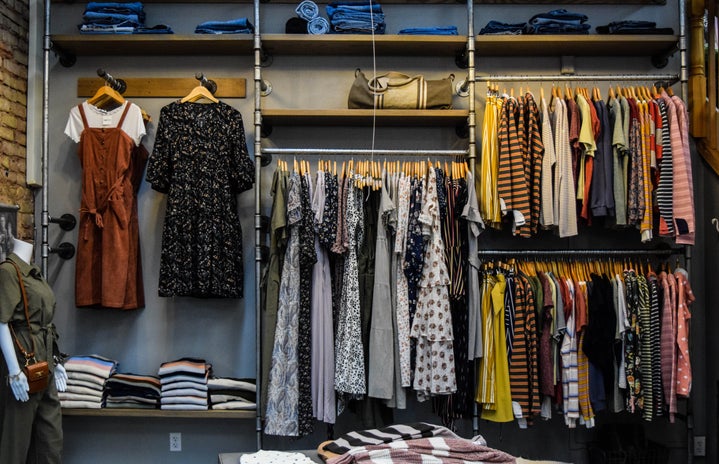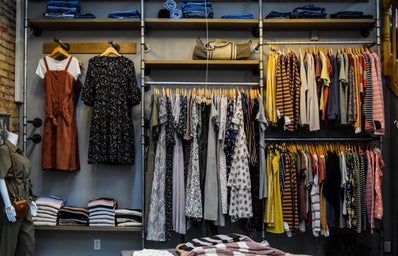One of the biggest trends in women’s fashion over the last decade has been embracing over-sized, masculine-fitting clothing. For the modern woman, the boyfriend jean is a well-loved staple piece which helped to usher in a new era of baggier fitting jeans like mom jeans, girlfriend jeans, straight leg jeans, etc. To add to the masculine look, in even more recent years, the over-sized blazer has become a huge trend worldwide. These are examples of how men’s clothing has not only broken into the realm of women’s fashion, but is also changing its direction. Within the last year or two, the opposite trend has also been occurring through big brand name houses such as Louis Vuitton and Balenciaga who are now creating feminine pieces for men in their Ready-to-Wear collections, as well as in their runway looks.
In 2016, Jaden Smith broke headlines when he decided to don a skirt for his campaign with Louis Vuitton. The image captures the 20-year-old rocking a feminine up-do alongside three women posed in similar silhouetted outfits (all wearing skirts). The Smith family, especially Jaden and Willow Smith, have led by example in their goal to blur gendered fashion and this campaign sparked many conversations over social media that were both for and against men wearing feminine clothing.
Fortunately, younger generations are all for breaking gender norms. Men wearing feminine pieces has now become a super-hot trend and it doesn’t just stop with fashion.
Beauty, jewelry, and accessories such as bags and purses are transitioning into unisex territory as leading retailers like H&M and Zara follow in the footsteps of Louis Vuitton and Balenciaga and expand their menswear lines to include traditionally “feminine” labeled clothing.
Gender constructions in society have long dictated what men and women can and cannot wear. For example, pink has always been seen as a distinctly female colour and for a long time it was not socially acceptable for women to wear jeans. The influence of these seemingly superficial fashion trends have wider reach than one would think. Women have been comfortable wearing male clothing for decades with decreasing judgement and pushback, whereas men still face the double standard of being judged harshly for wearing feminine clothing. Ultimately, if men can succeed in achieving the freedom to wear whatever clothing they like, the next generation of men will hopefully feel more comfortable facing their feminine side, a side that is too often condemned in heteronormative societies. Beyond helping men feel secure in their masculinity, gender-neutral clothing offers a chance for the fashion industry to widen its horizons in terms of completely breaking out of the restrictions separating women’s fashion from men’s. From the consumer’s point of view, gender-neutral clothing opens many doors for self-expression through fashion, doors that have never been open before to men or women alike.
In 2016, following the rise of gender-neutral clothing in the fashion industry, leading retailers Zara and H&M promised to release a gender-neutral clothing line. The problem with the clothing line that Zara introduced was that instead of being “gender-neutral”, it was “unisex”. The difference between the terms is displayed in their neutral-colored, neutral-designed and very basic clothing that looks like it caters more to women dressing like men rather than vice versa. Essentially, the so-called gender-neutral clothing line was a fail.
In order for fashion to be truly gender-neutral, brands shouldn’t go about removing any “female” design elements from the clothing like Zara did. Instead, the gender-neutral clothing line should display men proudly wearing traditional women’s clothing like in the following photo:
What does this mean for the future of fashion? Runway looks eventually become everyday clothes that everyday people wear and can find in their everyday shops. Hopefully as menswear evolves to include feminine pieces, society will understand that fashion is fluid, it is expression, and it cannot follow the gender binary in the name of artistic license.
How do you feel about the future of gender-neutral clothing, and are you for or against it? If women have claimed men’s fashion as a part of women’s fashion, what stops men from having the same claim in society?



